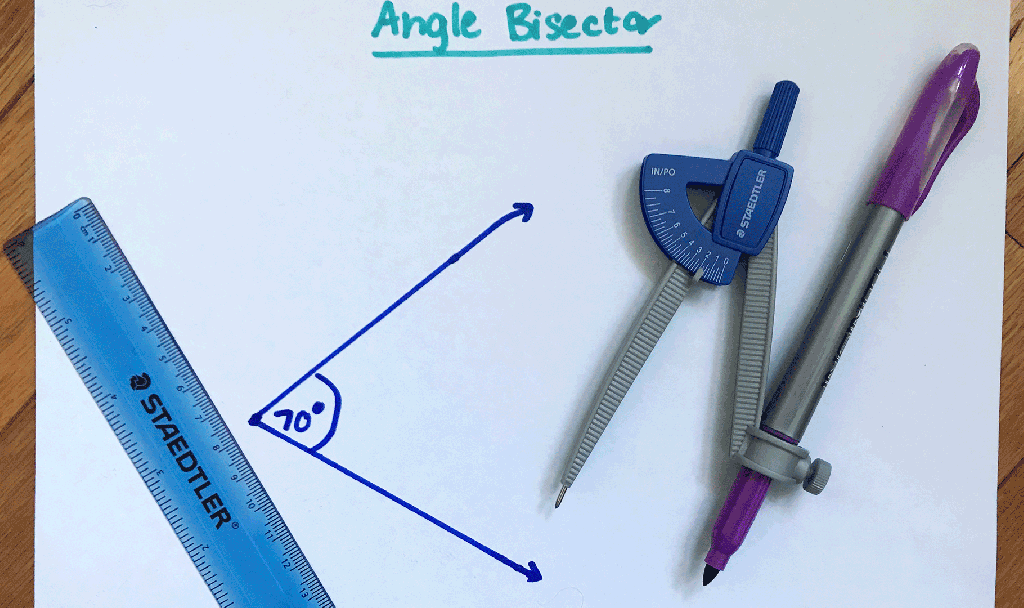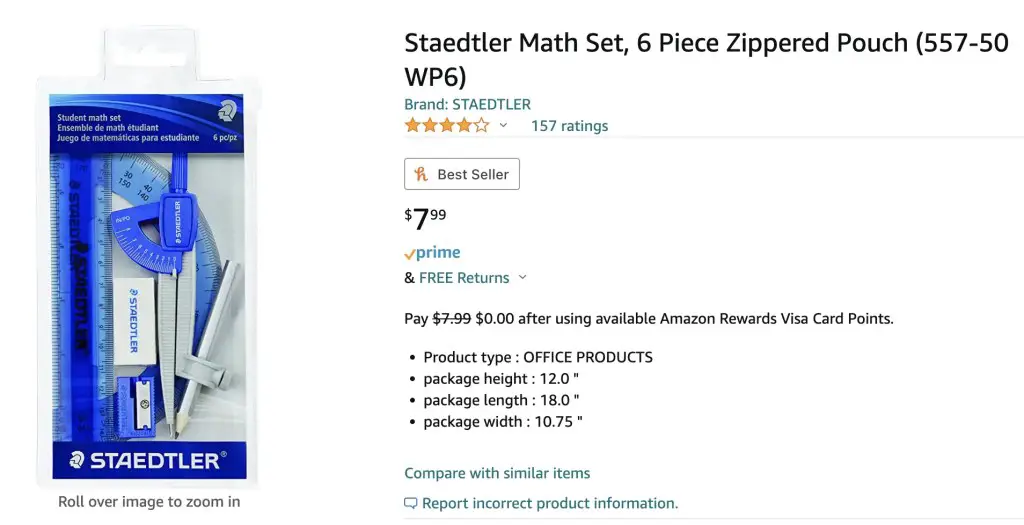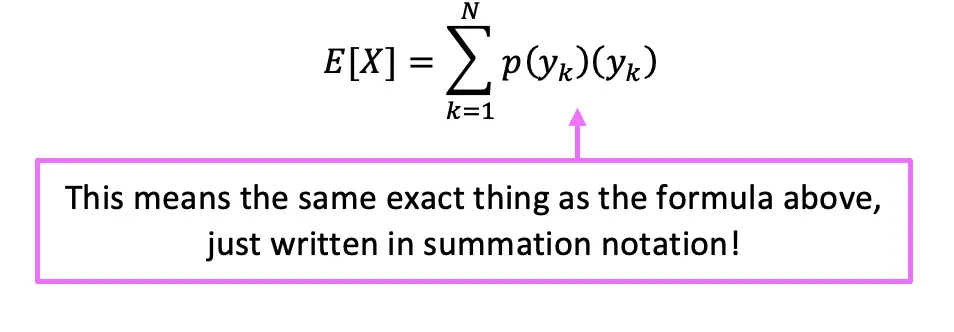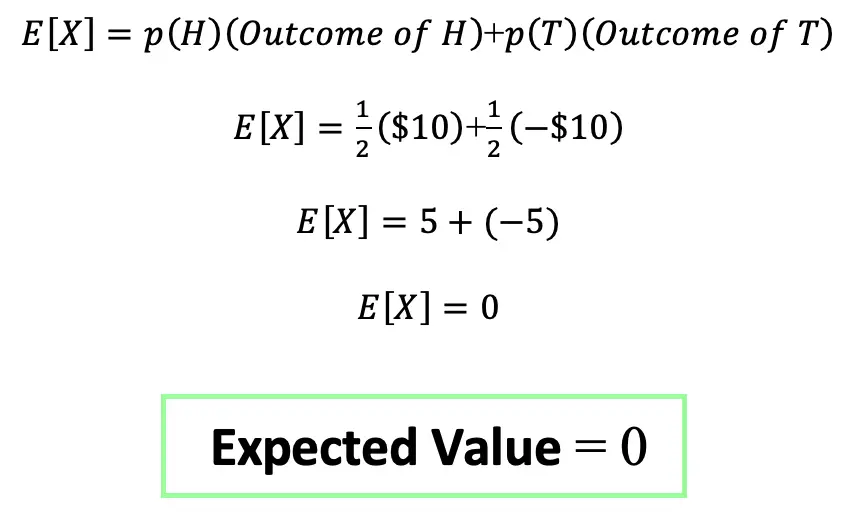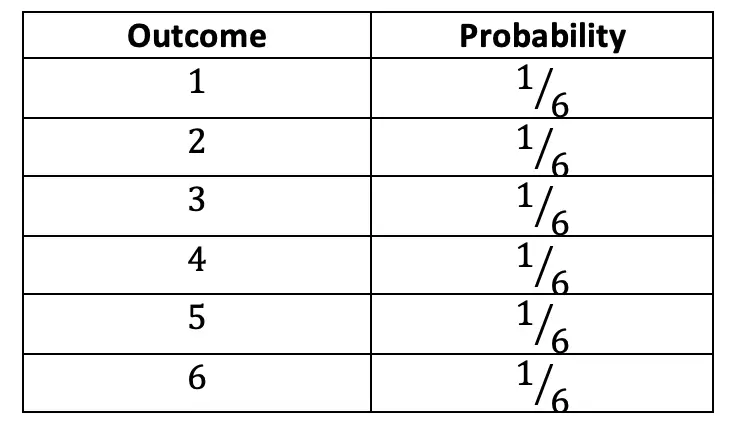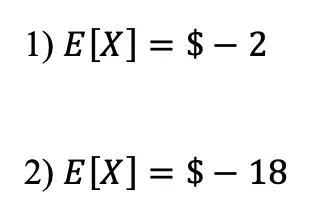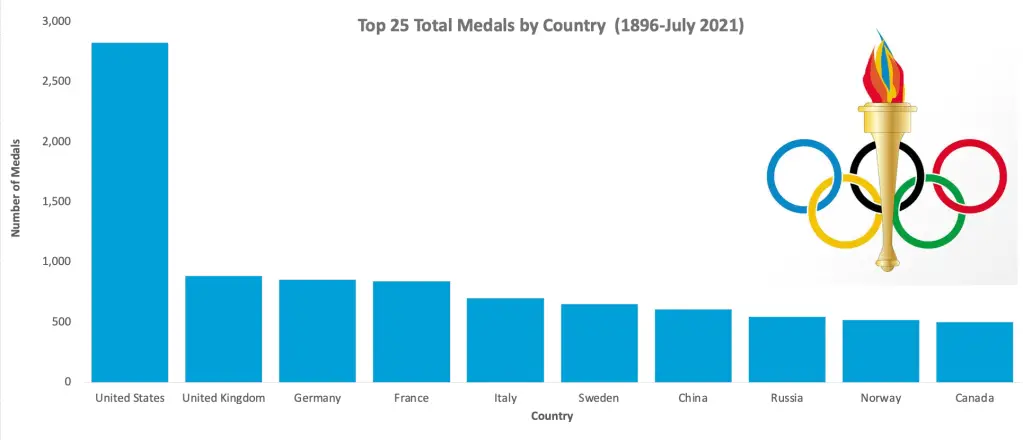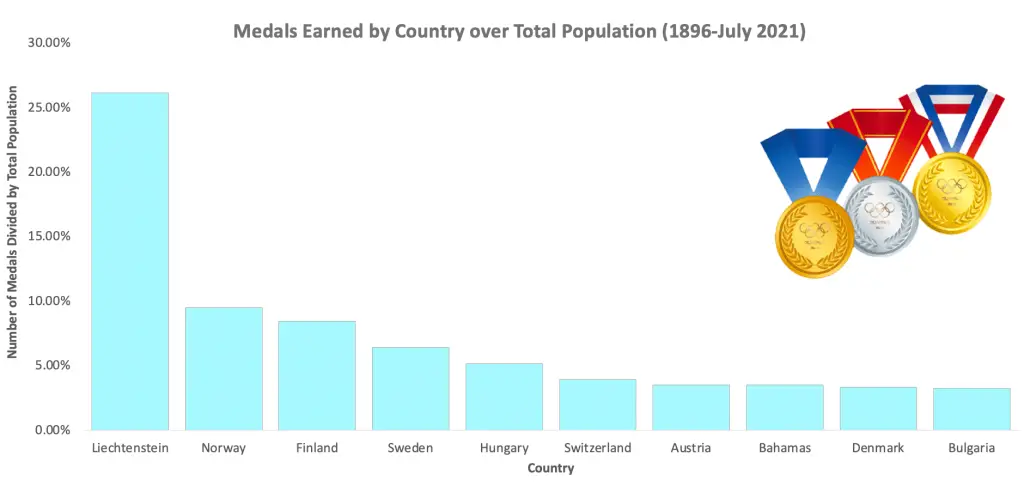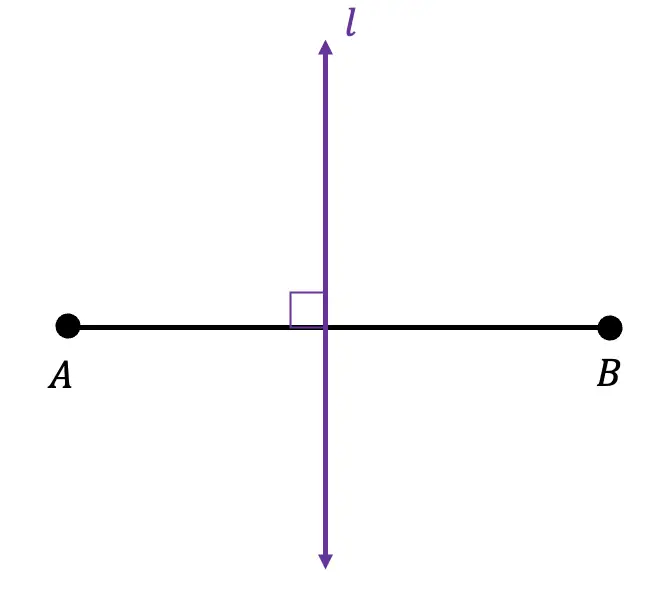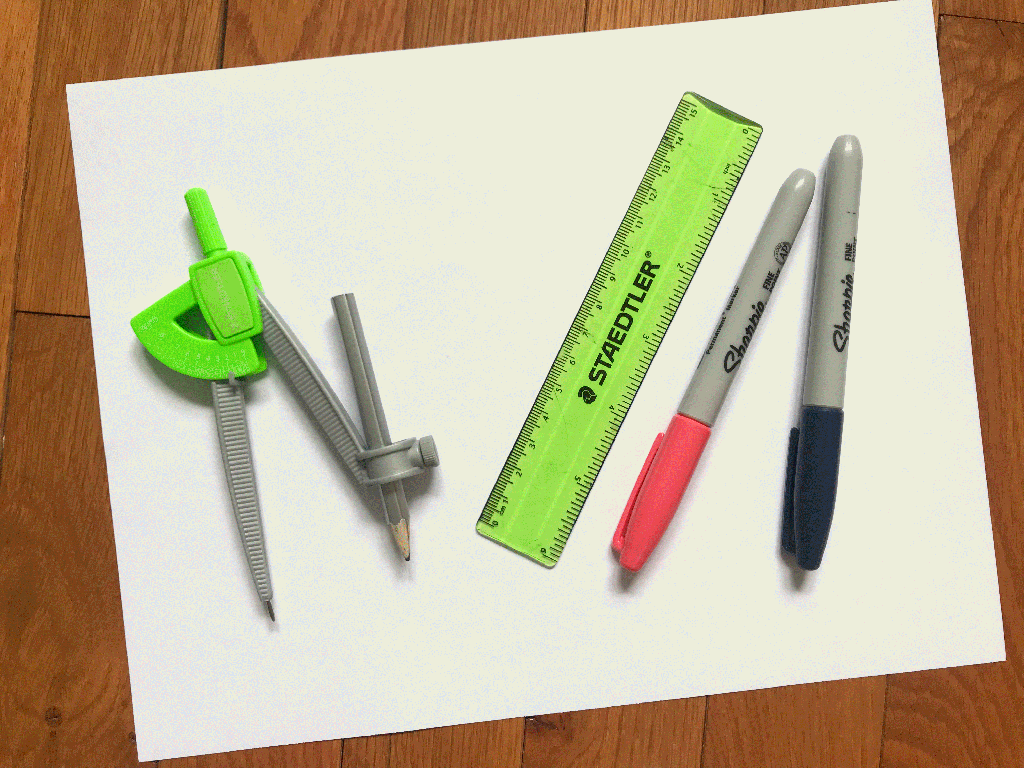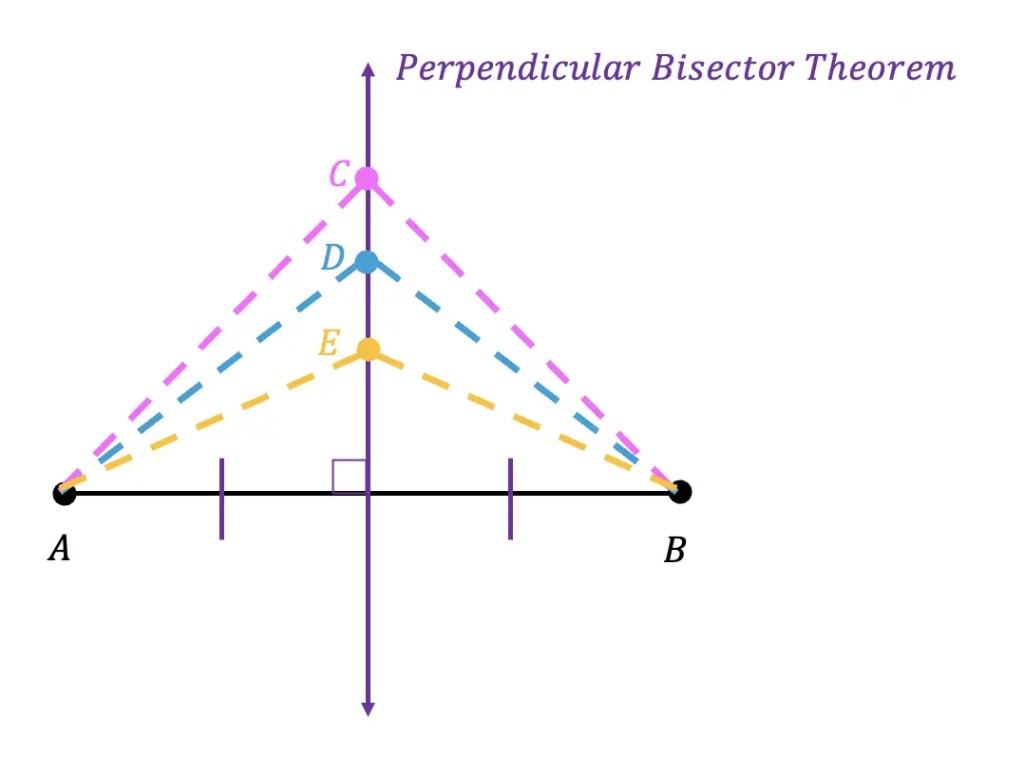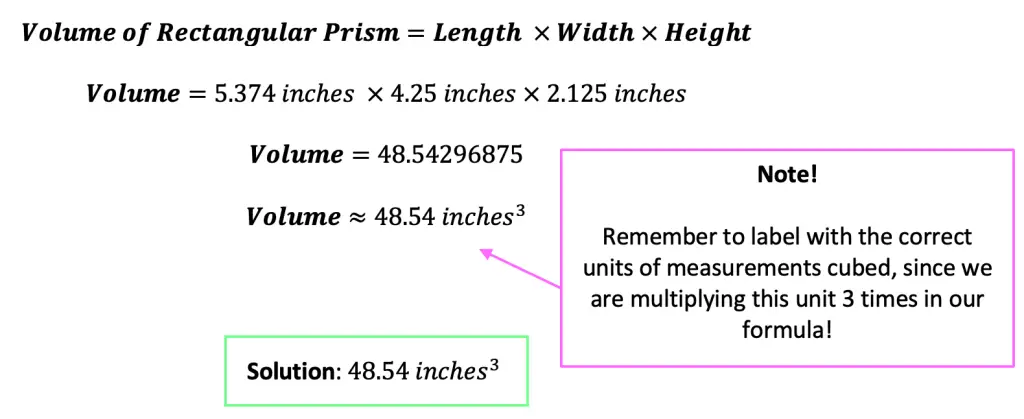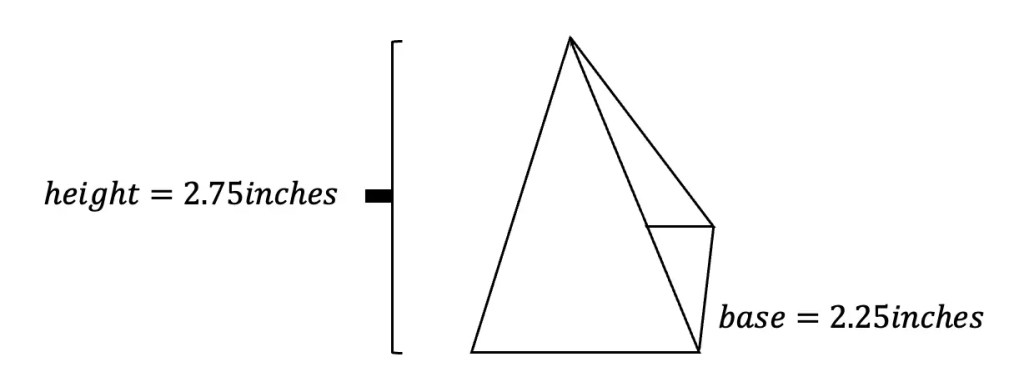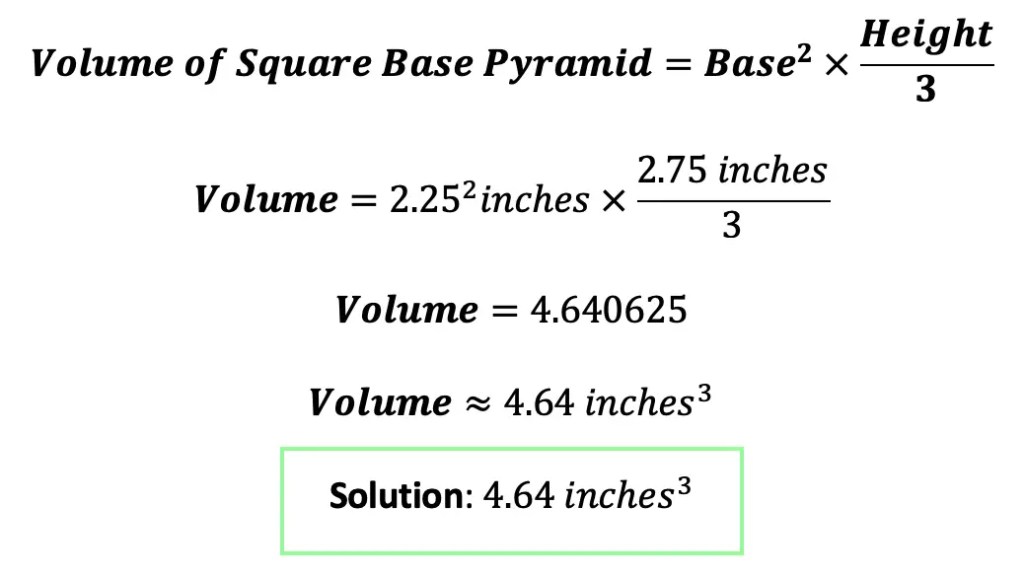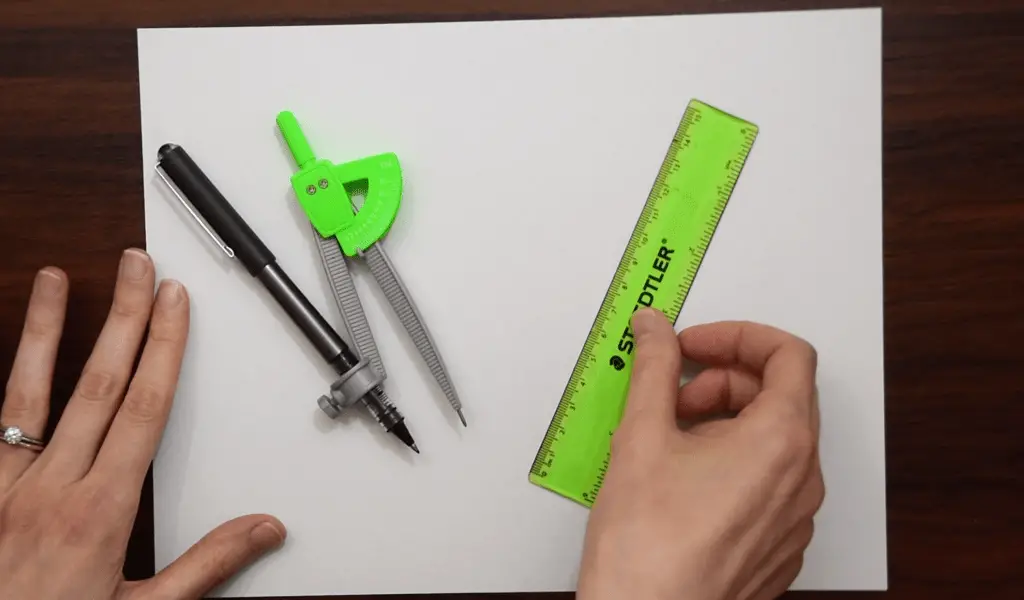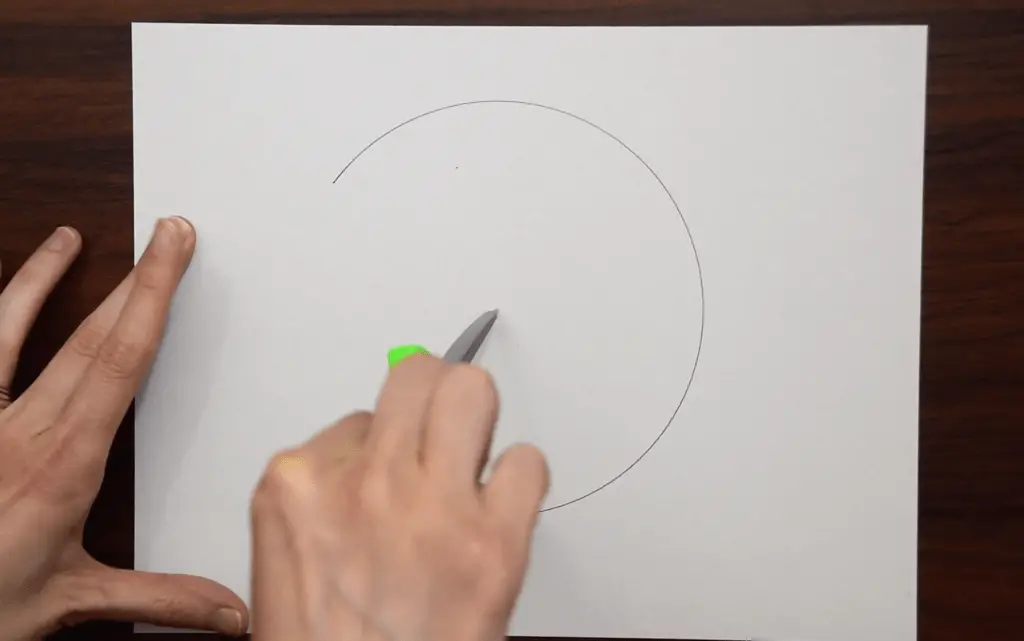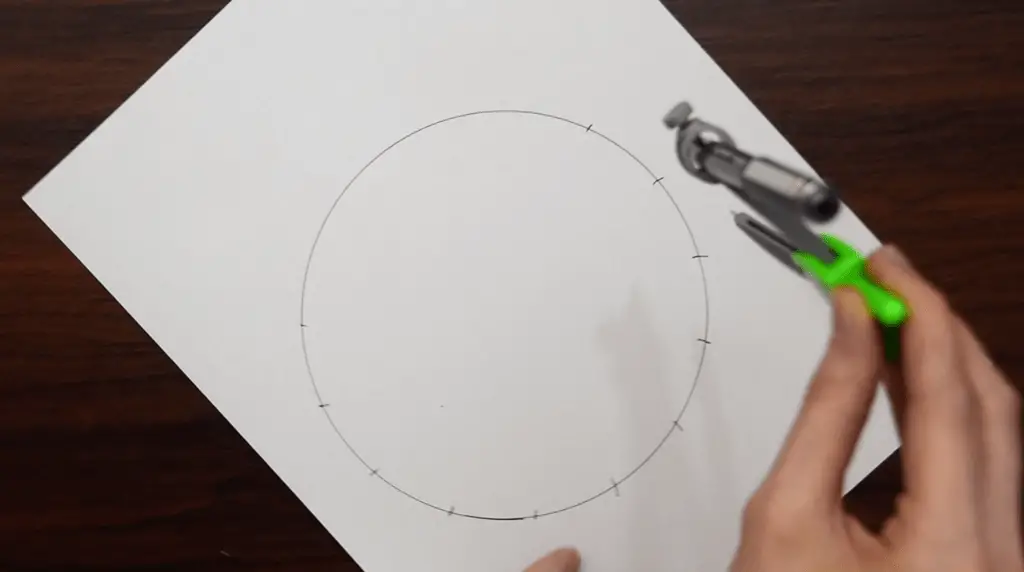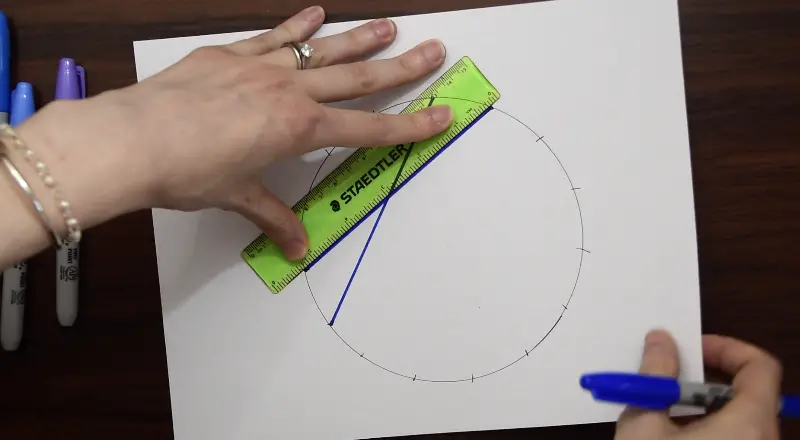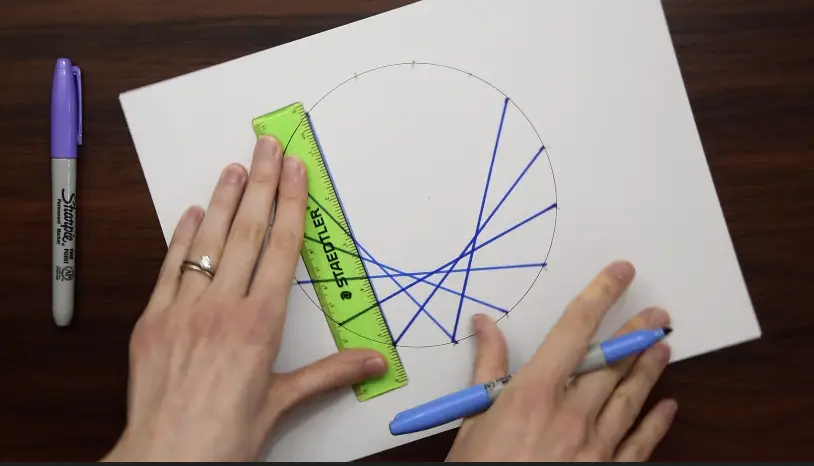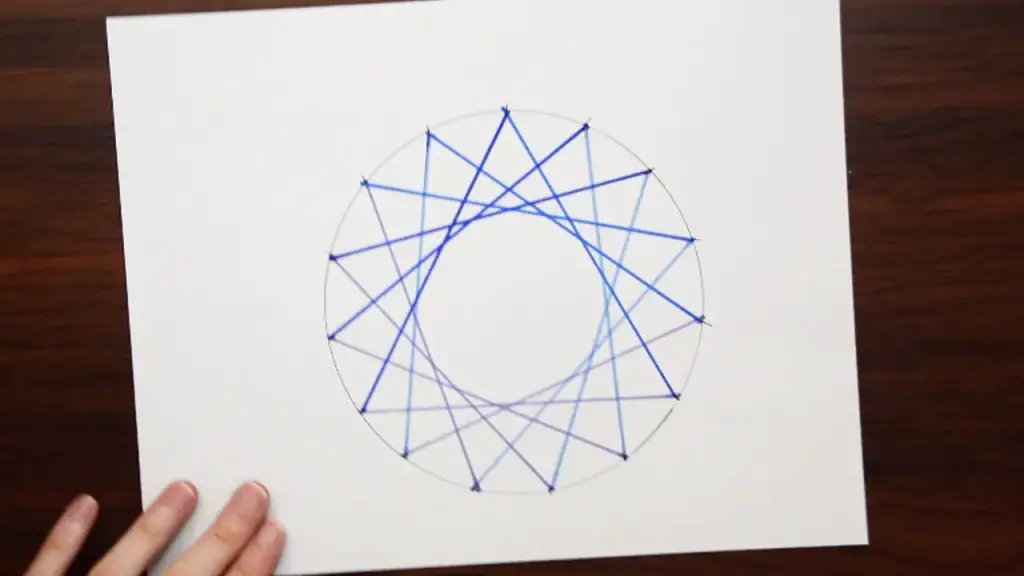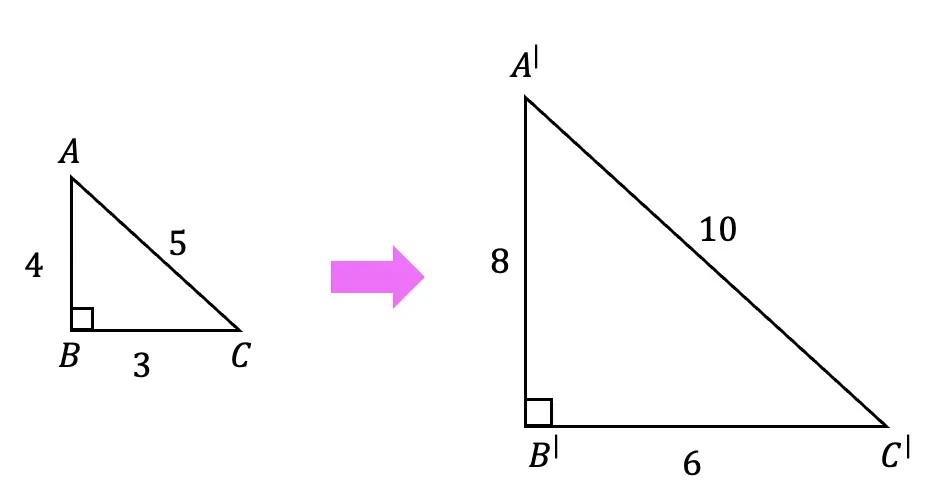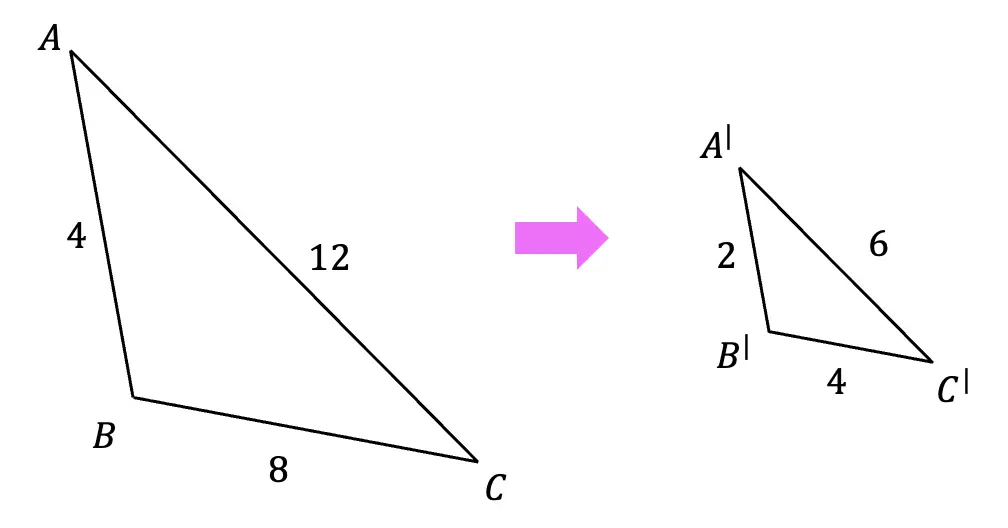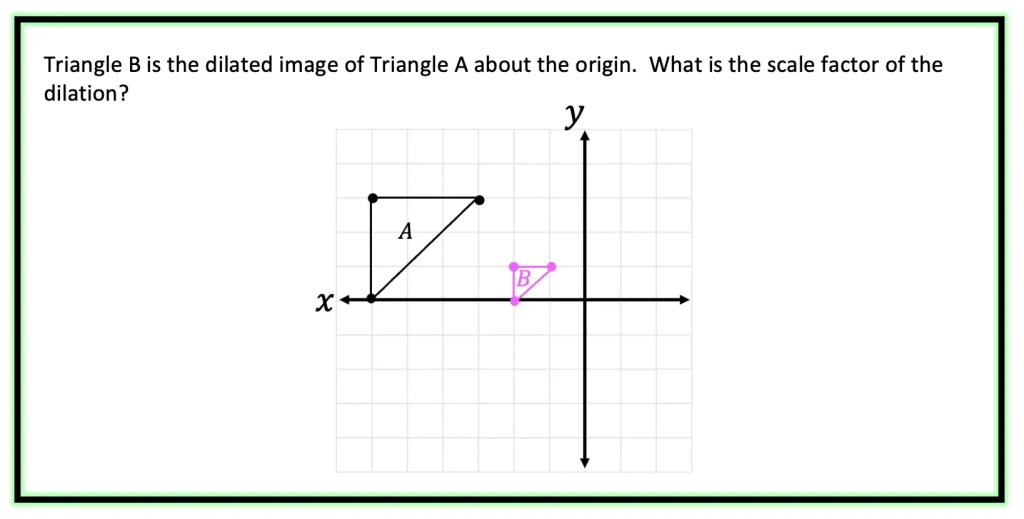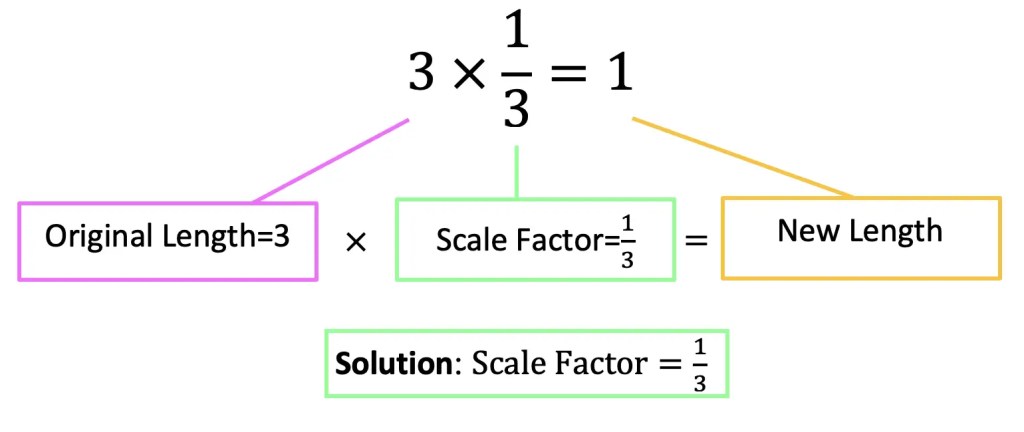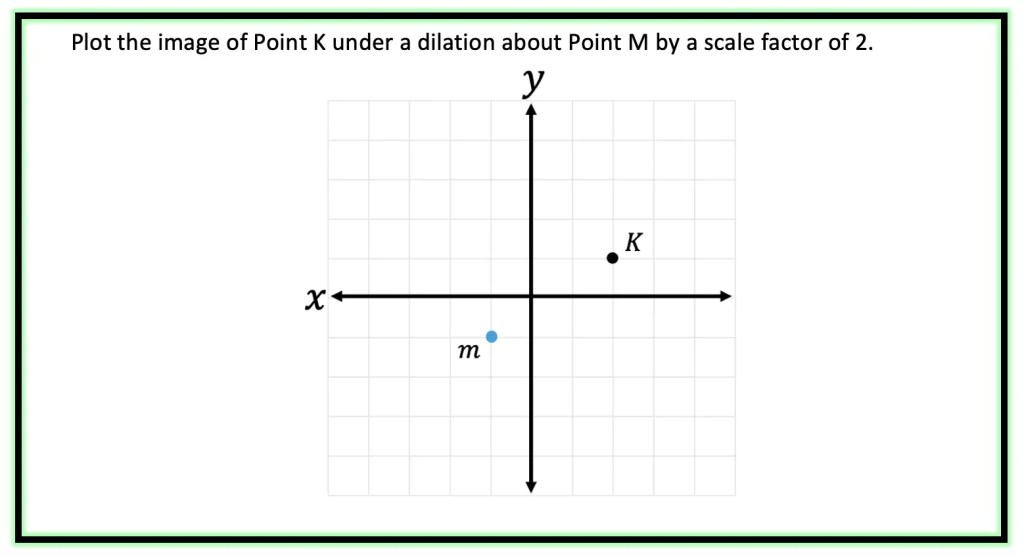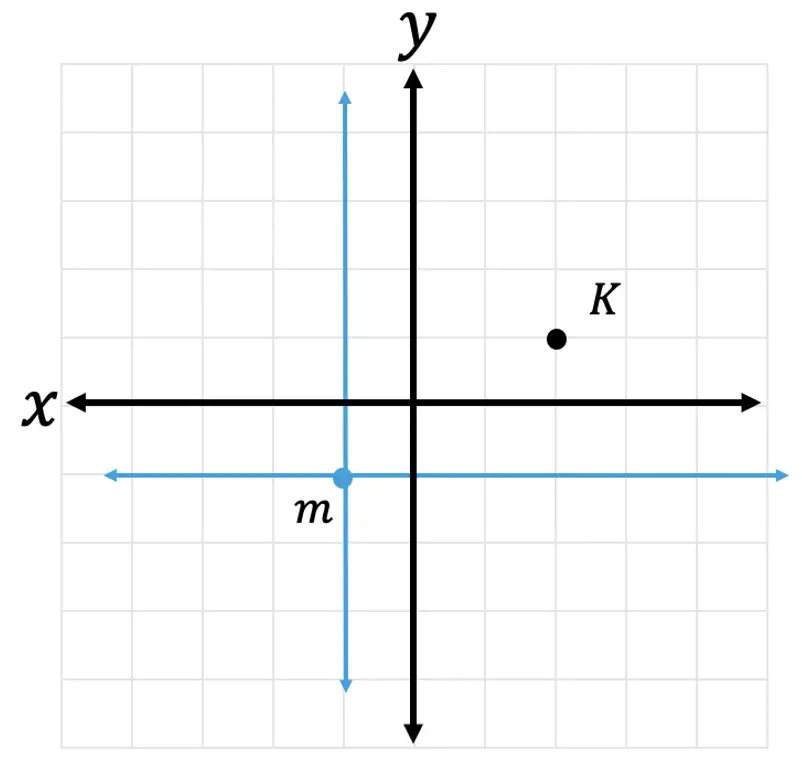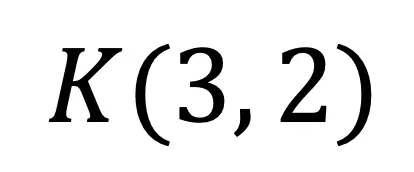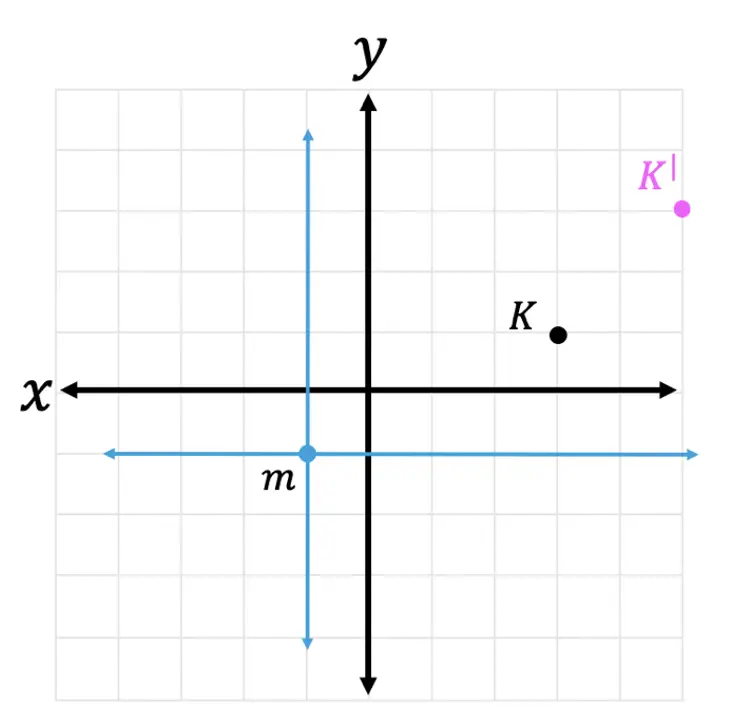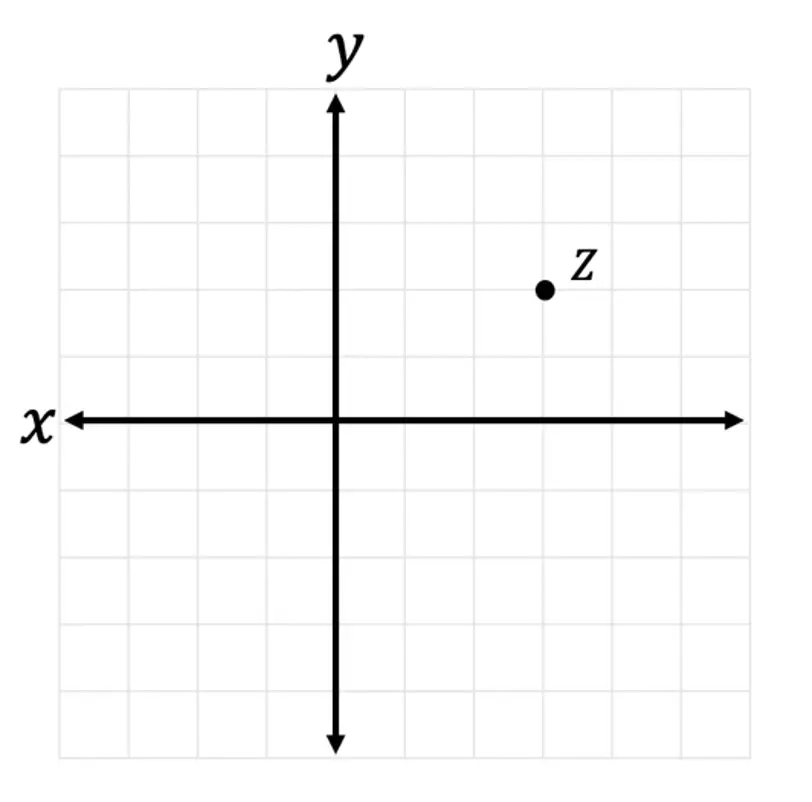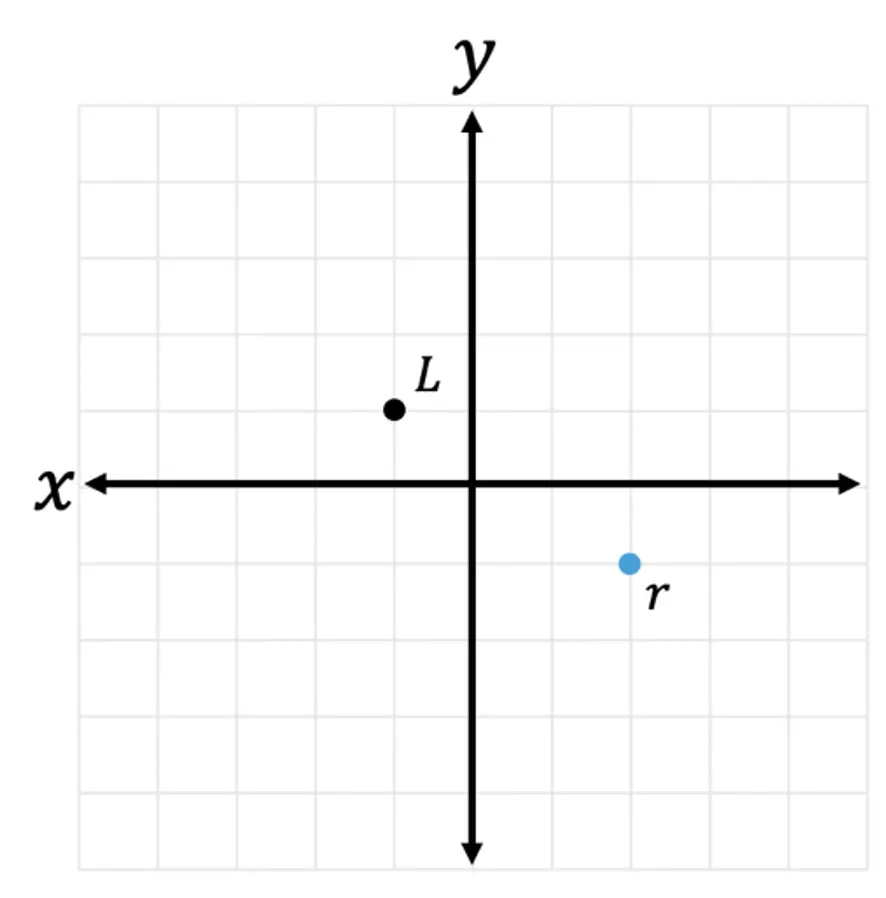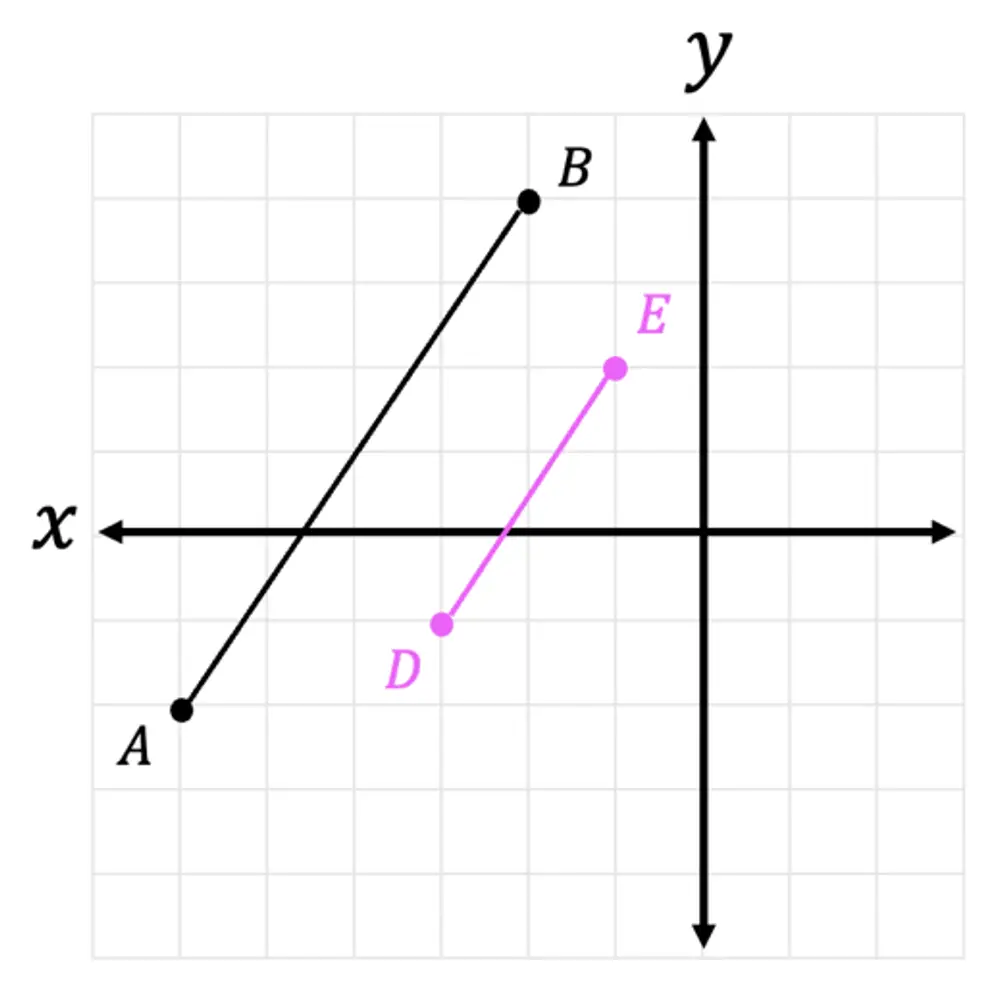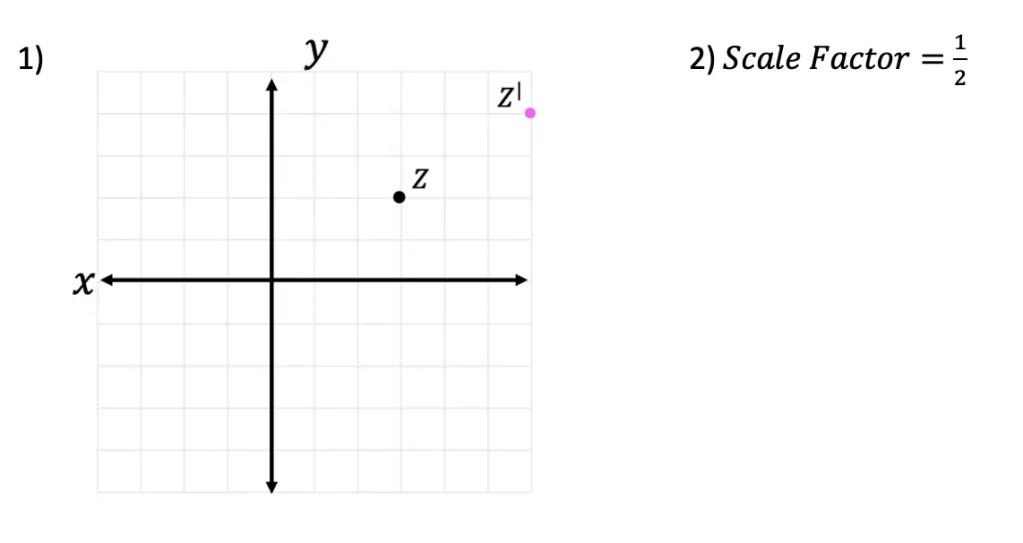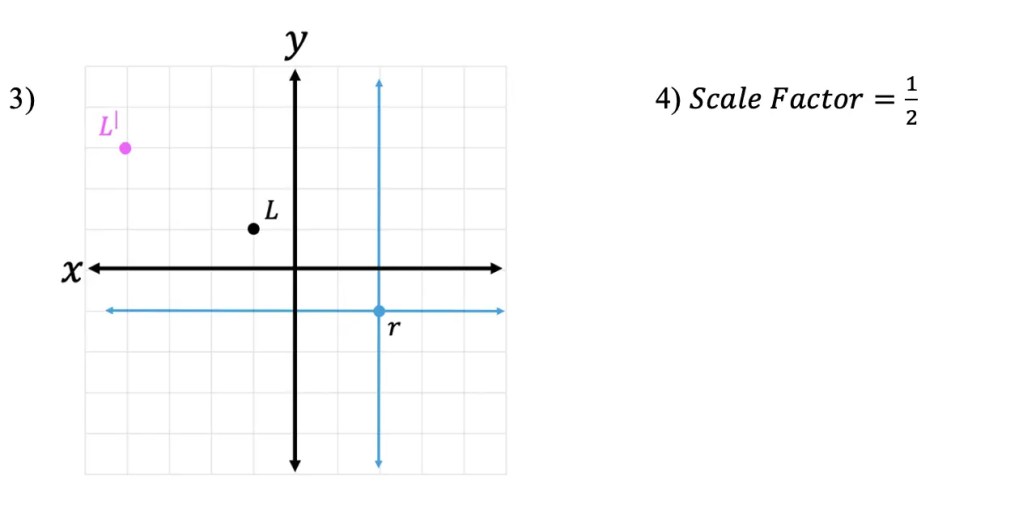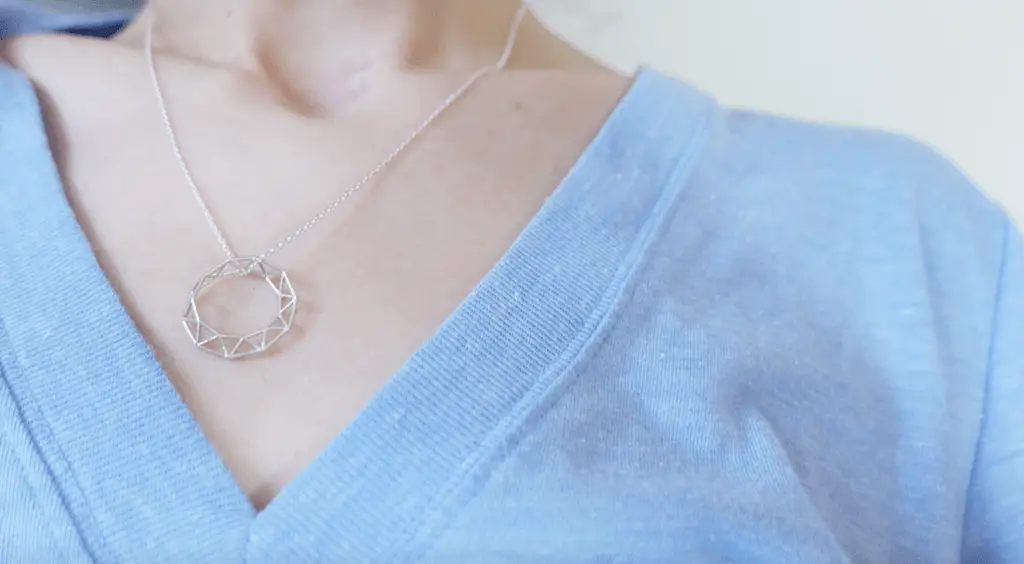
Hi Everyone and welcome to MathSux! I was sent three pieces of math jewelry from the jewelry brand, Hanusa Design. Math jewelry?! What is that?! Each piece you see here was inspired by mathematical art and created using 3D printing. I’m wearing the mobius necklace above and below you’ll also see mini pi and golden ratio earrings. For the full un-boxing and math jewelry review check out the video below and if you’re interested and want to learn more about Hanusa designs and the 3-d printing process, keep reading for the full interview I had with founder, Chirs Hanusa himself in this blog post.
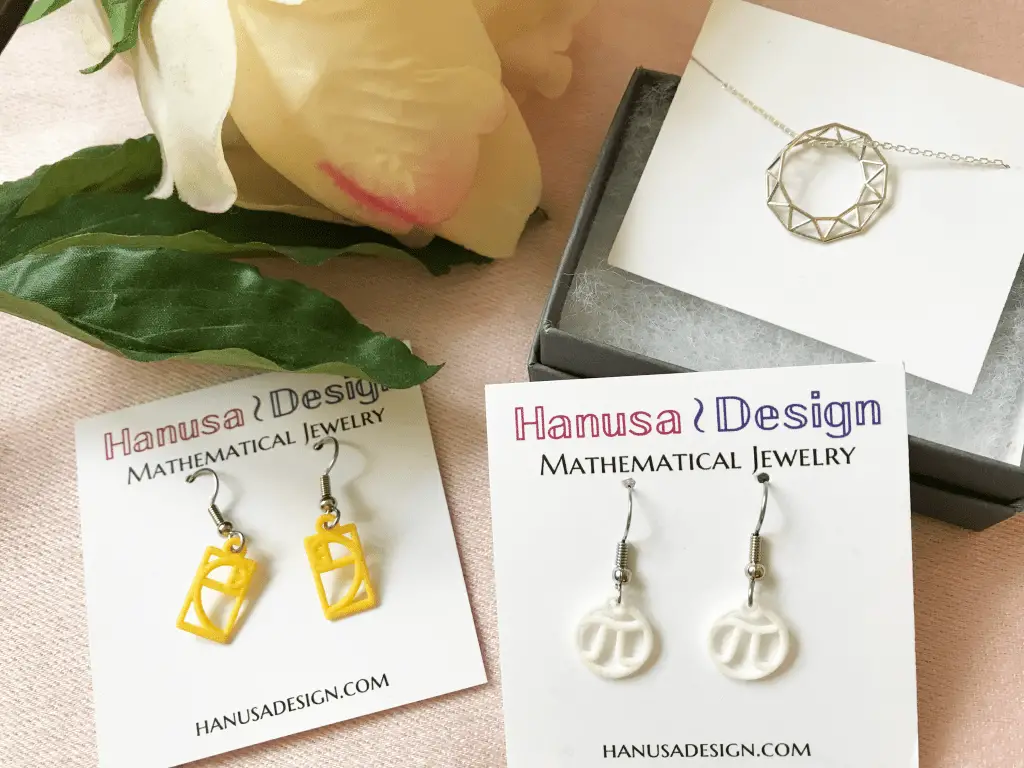
Math Jewelry Review:
Hanusa Design Interview with Founder, Chris Hanusa:
1.What made you start Hanusa Design? What led you to making jewelry as someone interested in math?
My adventure into 3D printing started in 2015 when I was updating a course in Mathematica I was teaching at Queens College. I was intrigued by 3D printing and I noticed that it was possible to use Mathematica as 3D design software, so I included a 3D design project as part of the class. As my students and I explored 3D printing, I recognized the universal appeal of the beauty and precision of mathematical concepts, and turned these ideas into jewelry. In turn, I founded Hanusa Design in 2017.
2. The jewelry is made through a 3D printing process. Can you explain the process from start to end? Is there a difference between the use of metal vs. nylon?
The design process starts with a mathematical concept that I’ve seen in my research, in mathematical texts, or as “found math” in the real world. I use Mathematica to do the 3D design, using three-dimensional coordinates, parametric functions, and aesthetic choices that turn the idea into a 3D model. The model is then exported directly from Mathematica to an STL file, which is basically a way to represent the boundary of the 3D object as a collection of triangles. The STL files are then sent to a 3D printer.
Once there, the same STL file can be used to create a nylon or metal piece of jewelry. The colorful nylon pieces are created using a SLS (selective laser sintering) process, where a thin layer of nylon powder is spread out and precisely fused to the previous layer using a laser. The excess powder is removed and then I hand dye the models using fabric dye. In contrast, the metal pieces are created using a lost-wax casting process. First, the models are 3D printed in high-resolution wax, then a plaster mold is created around the wax, and then the wax is replaced by molten metal.
3.I saw on your website that you are a mathematician and mathematical artist. Do you teach mathematical art at a university? If so, what types of topics do you cover? What is your favorite form of mathematical art?
I do teach two different courses that involve mathematical art. I teach a class called Mathematical Design that explores art that is created with functions, parametric functions, and polar functions using Desmos. This year I hope to give my Mathematical Design students the opportunity to use the Queens College Makerspace to take their digital art and bring it into reality using a laser cutter, a sewing machine, or a pen plotter. My other class is called Mathematical Computing. In this class I teach my students the computational software Mathematica, including how to use the software to do 3D modeling. By the end of the semester, the students have designed and 3D printed a mathematical sculpture.
I suppose my favorite type of mathematical art is the visualization of complex mathematical concepts. It’s hard to understand certain concepts, like constructions in the fourth (or higher) dimension. Any picture or sculpture that helps clarify these difficult ideas is important, and it’s even better when it’s created with an eye to the aesthetic. I highly recommend any work by Henry Segerman.
4.I saw on your website that Hanusa Design has been featured in both New York Fashion Week (NYFW) and MoMath. In what capacity? Are you being featured in this week’s NYFW Fall 2021?
A wide variety of Hanusa Design jewelry has been available in the gift shop at the National Museum of Mathematics since 2018, including my dangling cubes earrings and interlocking octahedron necklace. I was asked to participate in a New York Fashion Week-adjacent show in Spring 2019 and enjoyed the experience. I am looking forward to eventually participate in New York City Jewelry Week.
5.Where can we find Hanusa Design, in stores or online?
A variety of museums, galleries, and stores stock Hanusa Design Jewelry. As I mentioned before, it is available at the National Museum of Mathematics in New York, NY. It can also be found at the Exploratorium in San Francisco, CA, the Queens Museum in Queens, NY, Gallery North in Setauket, NY, Because Science in Vienna, VA, and in the Wolfram Store in Champaign, IL.
Hanusa Design Discount:
Hanusa has been kind enough to give MathSux readers an exclusive 10% off discount with the code ‘MATHROCKS’ now through December 31st 2021. I know its a bit early but this would be the perfect gift for the holiday season which is coming around the corner! Check out the full collection on their website here for even more designs and colors!
MathSux Giveaway:
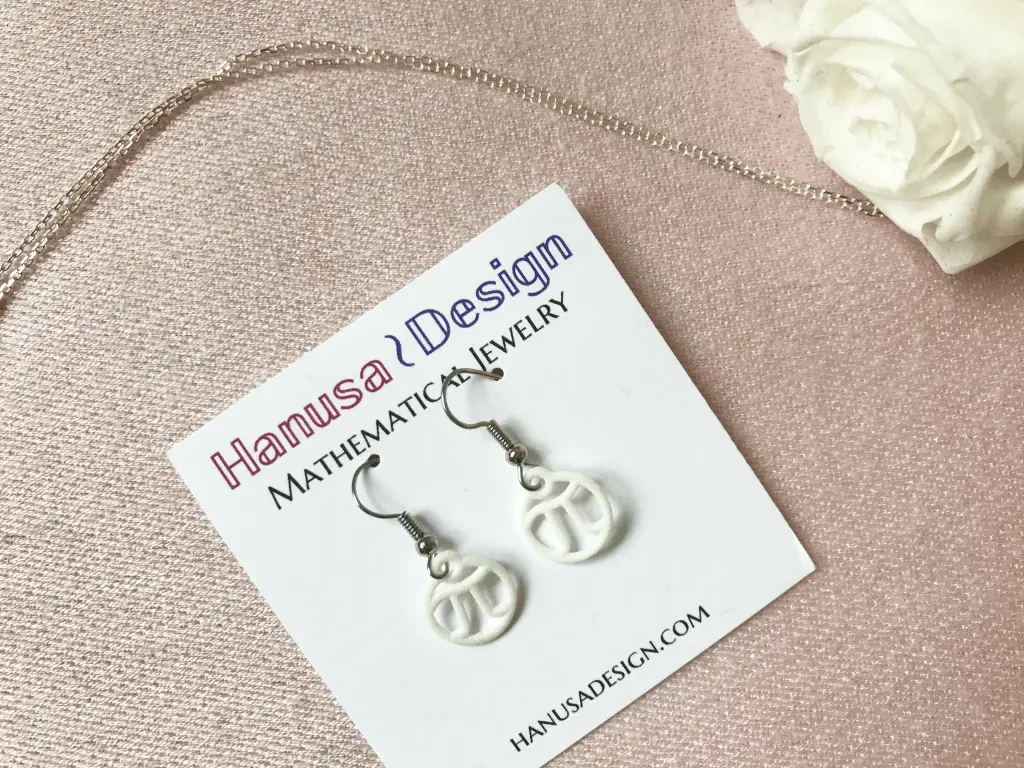
I’m going to be giving away a pair of pi earrings to one lucky MathSux reader! All you have to do is watch the YouTube video above, subscribe to MathSux, and comment below.
What do you guys think of Hanusa Design? Would you wear mathematical jewelry? What about the 3D printing process? Don’t forget to check out the video above for the full math jewelry review. Let me know what you guys think and happy calculating! 🙂
If you’re looking for more mathematical reviews, check out my review on the NumWorks calculator here.

